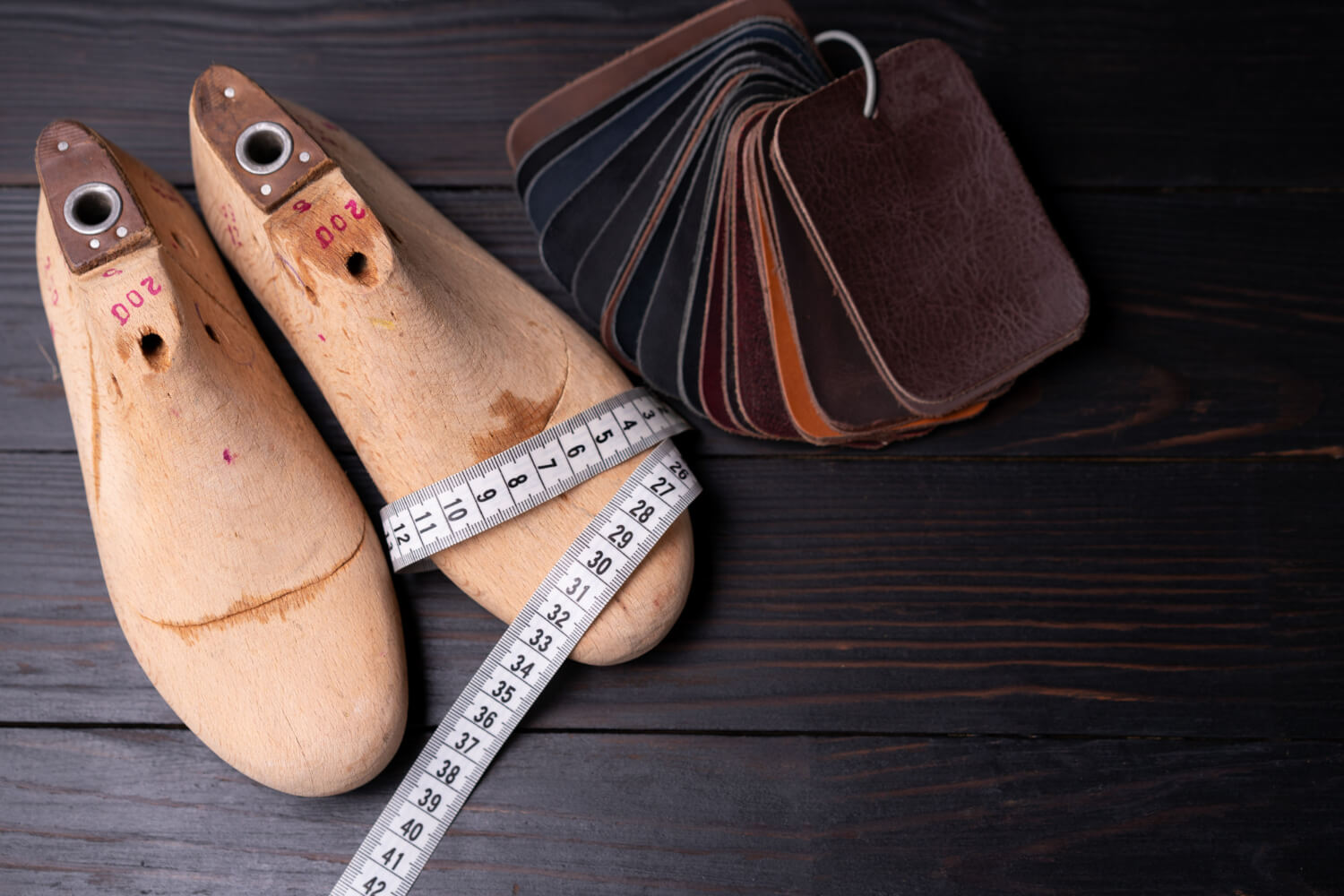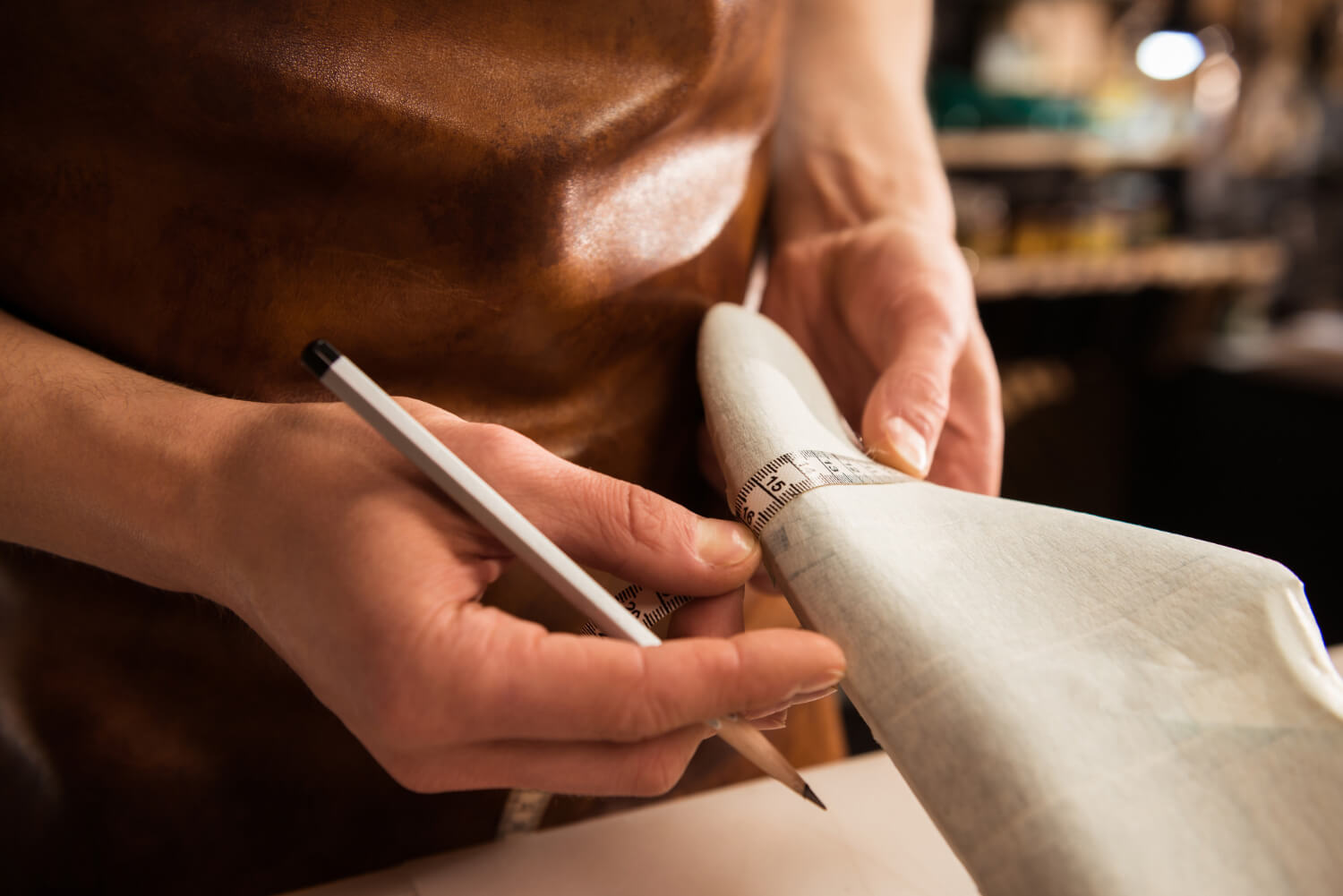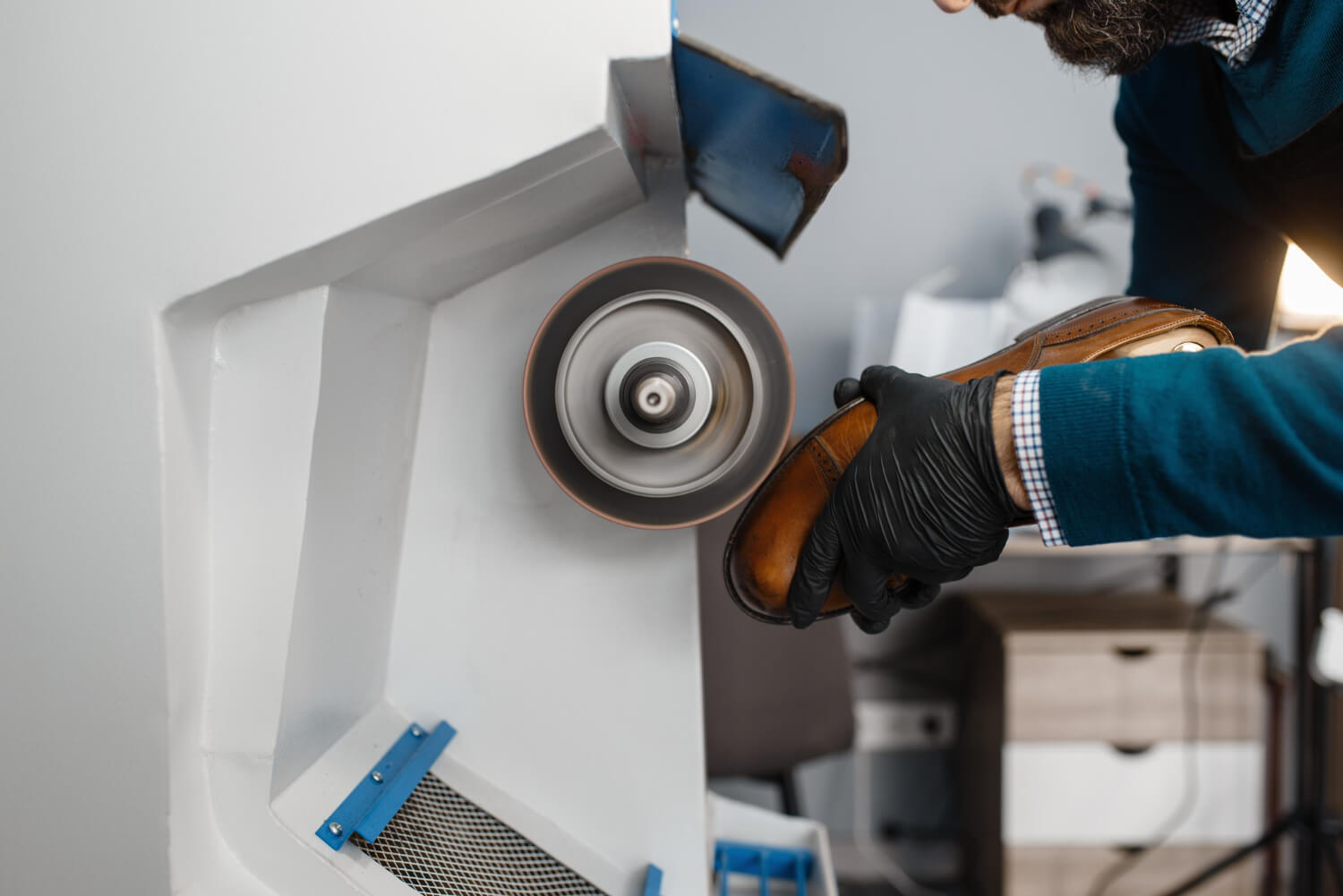The upper, the sole, the heel - that is, what is the structure of the shoe?
The construction of the shoe has an extremely important impact on the comfort of the shoe. Poorly designed can become a source of serious injury and deformation. In addition, the construction of shoes also affects their aesthetic qualities, which should be taken into account when composing styling. What elements should be paid attention to? How do the comfort of shoes affect their upper, sole and heel?

Construction of the shoe - what elements does it consist of?
The most well-known parts of a shoe are the sole, the upper, the lining and the heel, but there are many more, although they are not always noticeable at first glance. They perform reinforcing functions, and are also responsible for giving the shoes the right shape. Shoe upper is the part that covers the upper part of the foot, and in the case of ankle boots or high boots it also covers the calf and shin. It can be fitted or slightly looser. Shoe sole is the outer part that is in direct contact with the ground. There may be characteristic grooves on it, such as tractor grooves. It should provide the foot with comfort and cushioning. At the same time, in colder weather, it also provides a thermal insulation layer that protects against frost. Shoe lining is its inner part, which has direct contact with the feet. It is important that in autumn and winter it protects them from the cold, while remaining pleasant to the touch. Some women's shoes also have heel, which varies in shape, thickness and height. It can slenderize the figure and optically lengthen the legs.
In addition to the above, such shoe components as:
- heel tips – are replaceable, outermost parts of the heel, which are made of high resistance material. As they are used, they can wear down and then need to be replaced with new ones. If this step is taken too late, there is a risk of damaging the heel;
- counters – are the parts inside the shoe just behind the heel. For usability reasons, they should be made of soft material that does not cause painful abrasions. Counters also exhibit anti-slip properties;
- shoe insoles – They are a layer between the foot and the sole, and can often be replaced with others, such as insulated, non-slip. They affect the comfort of wearing shoes. It is worth ensuring that the foot does not slip on them, and if this happens, replace them with others;
- soles – is a component with which the soles are glued. It is usually made of a thin layer of leather or rubber. It is supposed to provide shoes with greater abrasion resistance and thus a longer life.;
- shoe noses - is the front part of the shoe intended for the toes, which can have a pointed, square or slightly rounded shape.
Shoe upper - what do you need to know about it?
The design of the shoe takes into account its upper. Women's half shoes. They often have a stronger part, but from a formal point of view it is the part that covers the upper part of the foot. In the popular opinion, however, it is considered the part that adheres to the calf (boots and high boots) and even the shin (musketeers). The upper in a shoe may have a lining. In autumn and winter footwear, it often serves a heating function. It is worth paying attention to ensure that it is made of a material that is friendly to the skin and does not abrade it. The upper of the shoe is a component not only of women's shoes, but also a structural element have men's half shoes.
Boots and boots often differ in design. Some have clinging uppers that suit elegant outfits. The others, on the other hand, are slightly flared, which provide more freedom. For several years, cowboy boots have not gone out of fashion. The upper of the shoe may have a zipper, which makes it easy to put on and take off. There are also slip-on models, such as the slingbacks, which have a certain amount of flexibility provided by a sewn-in elastic band. The upper of the shoe can also be used to achieve a more original styling. For this purpose, it can be partially turned up.

Shoe sole - everything you need to know
The soles of shoes play an extremely important function. They are in direct contact with the ground, so they must have high mechanical strength, otherwise they can wear out quickly. In addition, the sole of the shoe is designed to protect the foot from discomfort associated with, among other things, walking on uneven surfaces. It should have non-slip properties to prevent dangerous injuries, including fractures and sprains. This aspect is worth paying special attention to when choosing shoes for autumn and winter, seasons characterized by increased precipitation and the occurrence of frost. The soles of shoes must not only cope with adverse external factors, but also bear the weight of the body.
Soles materials
The design of the shoe should take into account its intended use. Men's sports shoes, if they are really to be used for physical activity, they must provide cushioning for the feet. When jogging on an unpaved surface, the sole of the shoe must be thicker so that the foot does not feel all the unevenness of the terrain. This bottom part of the shoe can be made of:
- natural materials such as leather, cork or wood;
- rubber solid or microporous;
- polyurethane and thermoplastic plastics, vide polyurethane, polyvinyl chloride, thermoplastic rubber.
Height and thickness of soles
The soles of shoes should be properly contoured and fit the anatomy of the foot. Their thickness also plays an extremely important role, as they are responsible for cushioning during contact with hard surfaces such as asphalt or concrete. A sole that is too thin may not provide the foot with impact neutralization when taking steps, in addition, it contributes to the feeling of any uneven surfaces. It must also exhibit a certain elasticity, as too hard can even cause deformation of the longitudinal and transverse vault. When the sole has an even height, we speak of a platform. When, on the other hand, an indentation appears at the level of the metatarsal, and the front and back of the shoe have a slightly thicker sole, this design is referred to as a flatform. The thickness of the sole can vary from 0.5 cm to several or even a dozen cm.

Most popular sole colors
The different parts of the shoe often differ in details, including the color of the sole. Although the most common bet is on the white, black and brown underside of the shoe, it can also take on other colors. In order to give your styling a fashionable twist, you can bet on a less conventional solution, such as. Women's pumps with red sole. This small detail makes the outfit look interesting, even if it is subdued and follows the company's dress code.
Heels - everything you need to know about them
The construction of the shoe in women and men shows many similarities. What distinguishes women's shoes in terms of construction is the possible presence of heels. These can vary in thickness, height, shape and color. Very thin and relatively high heels have stiletto heels. Square and thicker ones are referred to as wedges. Heels can run perpendicular to the ground, and those with a diagonal, slightly beveled shape are also very popular. They usually come in the same color as the shoe and its sole, but may be distinguished by a contrasting shade. Some heels are richly decorated. They have grooves reminiscent of Greek columns, and even heart-shaped or butterfly-shaped accessories. Heeled shoes wonderfully slenderize and optically elongate the legs. However, it is necessary to choose their height and thickness according to individual needs, in order to maintain freedom of movement in them.
Shoe lining - what is it most often made of?
The lining of the shoe is in direct contact with the foot, so it is worth paying attention to the quality of the material from which it is made. For this purpose, natural or artificial leather is sometimes used. Winter boots can be lined with wool, fur or acrylic, which are thermal insulating materials designed to keep the foot warm on cold days. Innovative plastics are also very popular, including specialized gels and foams with strict physical parameters. In some shoes, the role of padding is played by a sponge.
Read also: